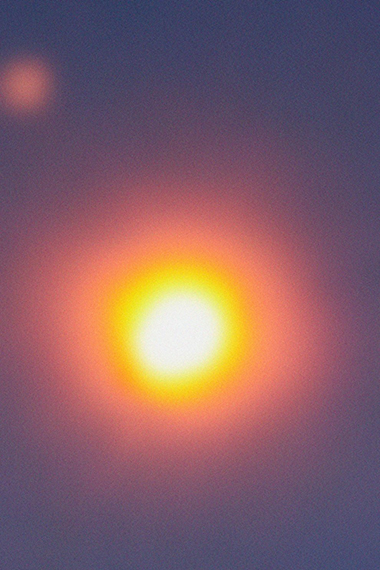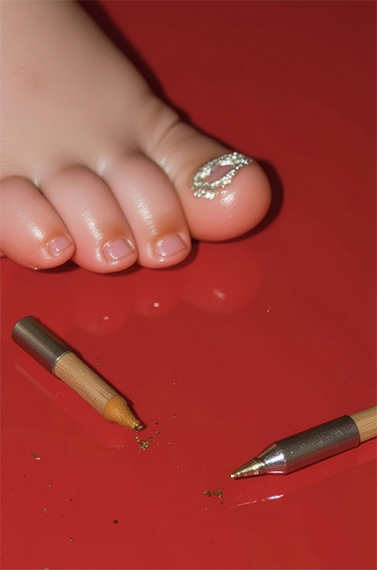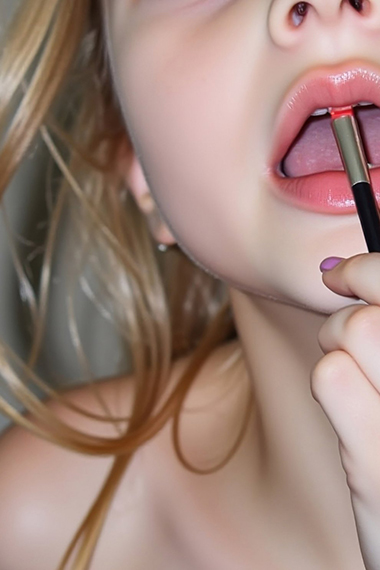
Carte Blanche Students 2025
European platform for emerging photography
Kim-Camille Kreuz » Tom Lyon » Mirielle Rohr » Viktroriia Tymonova » & others
Exhibition: 29 Oct – 30 Nov 2025
Gare de Lyon
Pl. Louis Armand
75012 Paris
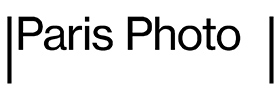
Paris Photo
7 avenue Winston Churchill
75008 Paris
+33(0)1-47565000
info@parisphoto.com
www.parisphoto.com
Wed 11-21 (VIP); Thu-Sun 10:30-13 (VIP); Thu-Sat 13-20; Sun 13-19
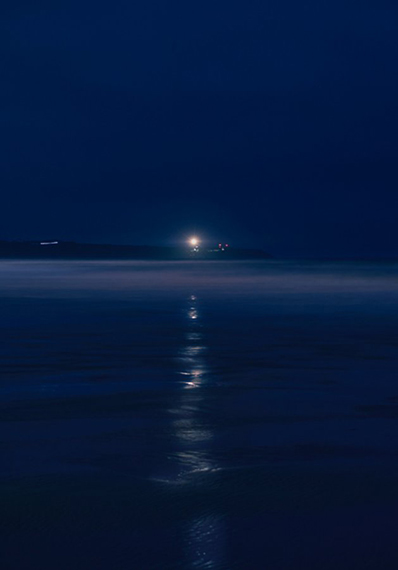
Paris Photo, Picto Foundation and SNCF Gares & Connexions are delighted to announce the 2025 laureates for the 9th edition of Carte Blanche Students program. Aimed at bachelor’s and master’s students at European photography and visual arts schools, this program supports the emergence of young talent.
A jury of professionals selected 4 finalists from the 600 applications received. This four winners will be showcase their work at Gare de Lyon, one of the major Paris train stations and will show their portfolio at Paris Photo fair from Nov. 13-16, 2025. One of the four winners will be awarded the Saif Carte Blanche Students Grant to carry out a project.
Carte Blanche Students is a program founded by Picto Foundation, Paris Photo and SNCF Gares & Connexions, with the support of Saif, La Copie Privée FUTURES.
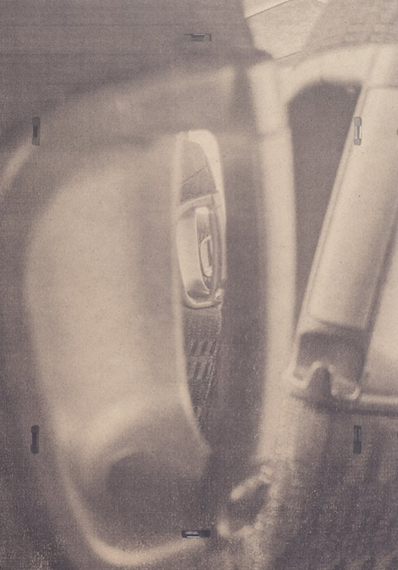
Selected among more than 600 applications from over 100 schools, the 2025 laureates are:
- Tom Lyon “Arena” (KASK School of Arts, Belgium) @tomlyon
- Mirielle Rohr “Money Making Child” (ÉCAL, Switzerland) @miriellerohr
- Kim-Camille Kreuz “I can't tell you right now” (Kunstakademie Düsseldorf & ENSBA Paris – Germany / France) @_kimcamille_
- Viktoriia Tymonova “We want to know the truth” (UMPRUM, Prague – Czech Republic) @viktoriiatymonova
Tom Lyon is a Belgian visual artist born in 1999. A graduate of Septantecinq, he is currently pursuing a Master's degree in visual arts at KASK School of Arts. Early in his career, he challenged the individualistic nature of photography by forming a duo with Pauline Vanden Neste. Together, they lead a long-term project on gentrification dynamics around the Brussels canal. Their book On est venus ici pour la vue was published in 2021 (Éditions la CAB). In parallel, he develops a body of work (Arena) on migration, the increasing criminalization of migrants, and European policies.
-
“Arena” seeks to shed light on individual and personal stories related to migration and its criminalization, while simultaneously questioning the imagery and narratives surrounding European border politics and control.
In a sea of violent images we are confronted with daily through our phone screens, Tom Lyon proposes a reevaluation of certain events and locations by creating a new semiology of the image—a semiology that fosters reflection, empathy, and dialogue, by actively seeking out and sustaining a space for stories that challenge dominant and accepted narratives.
In response to the imagery presented in the media, Lyon’s approach to image-making aims to create room for a different visual language to enter and reshape perspectives surrounding migration. His images document personal stories, lived experiences, and reveal narratives that remain on the margins.
Through research and the incorporation of found media imagery into his work, Lyon confronts specific cases related to European migration and sea rescues in the Mediterranean, bringing various contemporary discourses into dialogue and adding a layer to his practice in which questioning the image itself becomes central.
“Arena” invites us to reflect on the spectacle embedded in the relationship between migration and politics, encouraging viewers to step into the arena, to confront, and to reassess their own position within this discourse. By reevaluating what is centered and what remains peripheral, the images offer a space for unheard stories to be told, for other realities to be seen, and perhaps, for actions to be taken.
Kim-Camille Kreuz (b. 1999, DE) holds a BA in Design and Innovation and studies Fine Arts at the Kunstakademie Düsseldorf with Ed Atkins and at the Beaux-Arts de Paris with Claude Closky and Dove Allouche. She lives and works in Düsseldorf and Paris. Her work explores traces, imprints, and the material presence of things. Using found objects and fragmented, serial arrangements, she investigates reproduction, surrogacy, and the link between original and copy. Photography, video, and sculptural casts function not just as representations, but as evidence or stand-ins. Even in a precise formal language, a bodily presence persists—conveyed through materials and spatial settings.
-
In my series “I can't tell you right now”, I combine photographic imagery with material settings: UV prints on glass are mounted on simple wooden supports. Through serial arrangements, I explore the space between visibility and withdrawal, between object and absence. My work reflects indexical thinking, the glass as a transparent threshold, the photograph as trace, and creates a fragile presence conveyed not through depiction, but through material proximity. The images show details from a city bus. For two months, I rode the same route every day and took one photograph per ride. What is shown here is a selection from that process, fragments of a recurring routine, condensed into a quiet, abstract visual language. The works are shown in variable groupings, and both the number and spatial arrangement can be adapted in response to each exhibition context, allowing for a site-specific and flexible presentation.
My artistic practice revolves around the notion of trace, imprint, and the material presence of things in the world. Many of my works are rooted in the concept of indexicality – an interest in images, objects, or casts that maintain a direct physical link to something real. The media I use, such as photography, video, or sculptural casts, do not merely represent, but act as evidence, traces, or stand-ins for an absent reality.
Viktoriia Tymonova is an artist who explores fiction, magic, conspiracies and paranormal. Viktoriia uses reenactments, hoaxes and memories as tools. She is fascinated by mystifications and the combination of history and alternative history. Viktoriia is studying at the Academy of Arts, Architecture and Design in Prague. Her works were presented at Le Cenquatre Paris (France), PLATO (Czech Republic), DCCC (Ukraine), Artsvit (Ukraine). She has participated in photography festivals such as OFF Bratislava (Slovakia) and Circulation(s) (France). Her works were published in FISHEYE Magazine, PhMuseum, Kajet Digital, SZUM. She is a part of Futures platform (nominated by Fotograf Zone in 2025)
-
It is true that at least once in your lifetime you have heard about ball lightning. But can you be sure that it exists? No, because it has never been proven. Official sources say that contacts with ball lightning have been recorded since the Middle Ages and even earlier. But they immediately deny their existence, referring to paid scientists, physicists and even doctors. "They" are trying to tell us that controlled energy balls are hallucinations, delusions of vision, and nonsense. But this is manipulation, outright lies reality, the available facts and evidence confirm that the existence of controlled energy balls is not a joke. Thousands of eyewitnesses and victims speak for themselves. But the truth is that the history of controlled energy balls begins in 1951.The body of a journalist who died under mysterious circumstances was found in the city of Helbshire. Why would you pay attention to the mysterious death of an ordinary person? It was later revealed that it was this journalist, John Foster, who prepared the material about the secret laboratory in Helbshire a few weeks earlier. His article says that this mysterious place is developing special weapons in the form of controlled energy balls. He writes that these balls will be able to control the birth rate and adversely affect young children. This information is alarming.
But even more frightening is the fact that after 1951 none of the open sources of any country in the world provided any information, references or data about the city of Helbshire. Perhaps something is really being hidden from us? The nephew of the murdered journalist, Greg Foster, decided to get to the truth. He holds secret documents, materials, eyewitness accounts and real facts at his disposal. All the documents available to us at the moment are written in a secret cipher. For many years, Greg has been deciphering these materials; Numerous eyewitnesses who met objects similar to these balls complain of fever, headache and sudden bruises on their stomachs.How long will "they" continue to hide the TRUTH from us? Wake up.
Berlin-born and raised visual artist and photographer Mirielle Rohr is currently based between Lausanne and Paris. Her work merges analogue photography, AI, and sculpture to explore representations of womanhood and girlhood shaped by internet culture and social media. She has worked in fashion photography in Paris, was published in magazines such as SLEEK Magazine, Fisheye Magazine, Schemamagazine and many more, while also having been finalist for the Picto Fashion Photography Award in 2024. She is currently finishing her Master in photography at ÉCAL in Lausanne.
-
“Money Making Child” explores the troubling world of sharenting and child influencers, which are children whose digital presence is monetized by their parents. Using AI-generated images, this project sheds light on the hidden realities behind children's online innocence. These children, often girls, are encouraged to behave like mini-adults, promoting luxury products and using cosmetics intended for adults. Behind the scenes, they often work long hours, giving up their private lives to maintain a lifestyle that often supports their entire families. Many are managed as professional content creators before they even understand what that means. The line between play and work is becoming dangerously blurred. In particular, this project examines how young girls are pushed towards adult femininity and sexualized aesthetics from an early age, sometimes subtly, sometimes overtly, often under the direction of their mother or both parents. In these AI-generated images, I intentionally evoke discomfort to reveal the darker truths hidden behind glossy images and brand contracts.
This work also responds to the recent viral trend known as #SephoraKids, where children have been posting GRWM (Get Ready With Me) videos applying adult skincare and make-up routines. This phenomenon reflects a broader cultural shift where adult beauty standards are increasingly imposed on children. Using synthetic imagery, “Money Making Child” presents a constructed mirror to a deeply constructed reality, where childhood is monetized, aestheticized and, in many cases, stolen. The AI-generated images focus primarily on children, while including subtle visual cues that hint at the presence of an adult just outside the frame.This project was supervised by Marco De Mutiis as part of a new research project at ÉCAL, entitled “Softphotography”.
